Manual electrostatic spray gun
Automatic electrostatic spray gun
Water paint electrostatic spray gun
Electrostatic spray gun accessories
pumps
Electrostatic spray gun parts
Contact person: Ms Croesus
0769-81885105
Phone: +86 13622624429
E-mail: hda-sl01@hongdapt.com
Skype: hongdapt@outlook.com
QQ: 1550167687
Factory: Block A No336, Changqing North Road Chanan Town . dongguan China
Hotline:+86-13622624429
DISC automatic electrostatic spraying system:
1. High speed rotation causes the coating to become fine particles, thereby achieving high-quality atomized coating effect;
2. After high-quality atomization by DISC, the coating is combined with electrostatic effect to cover the coated material, which can save coating material;
3. All equipment is completely enclosed within the designated area for easy cleaning, and the air pressure for cleaning and atomization is smooth, which is more in line with high-quality spraying operations;
4. Combination design of mechanical components, easy to disassemble and maintain;


| Model | DA-15 |
| Atomization method | centrifugal atomisation |
| Atomization bell cup |
Φ100mm, Φ170mm, Φ220mm, Φ250mm |
| Max output current | 300us |
| Paint discharge volume | 0-600cc |
| Max speed | 5000-23000 Rpm (unload) |
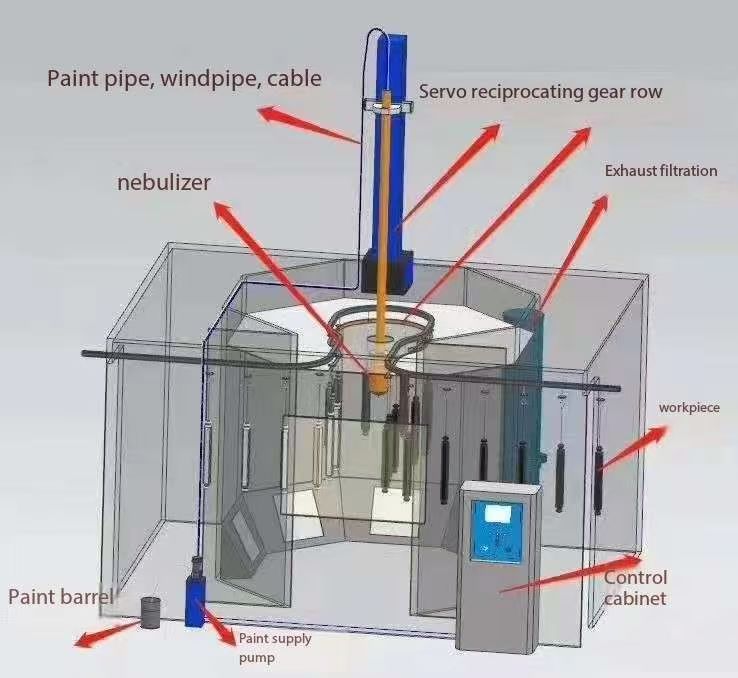
The DISC is normally mounted vertically in teh spray chamber of the conveyor chain, the paint is fed from the side of the high- sped rotating disc, which is charged and transimitted to the apint at 100KV. When the coating touches the bell cup, it is charged with high-voltage negative charges, because these charges repel each other. When the coating leaves the bell cup, the coating particles are split by the charges into smaller and more nuitorm particles until the surface tension of the coating is balanced with the charge repulsion.
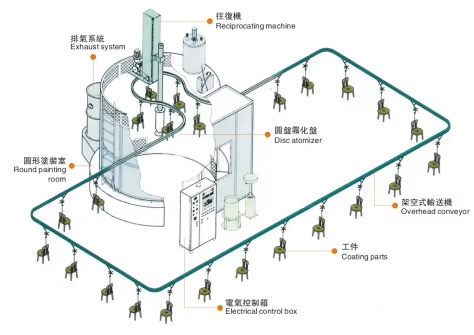
Combining electrostatic effects with adjusting the centrifugal force of rotation 500-23000rpm produces better and more uniform paint particles that are attrached to well grounded workpieces by high voltage charged particles, excellent surface quality and high paint transfer efficiency
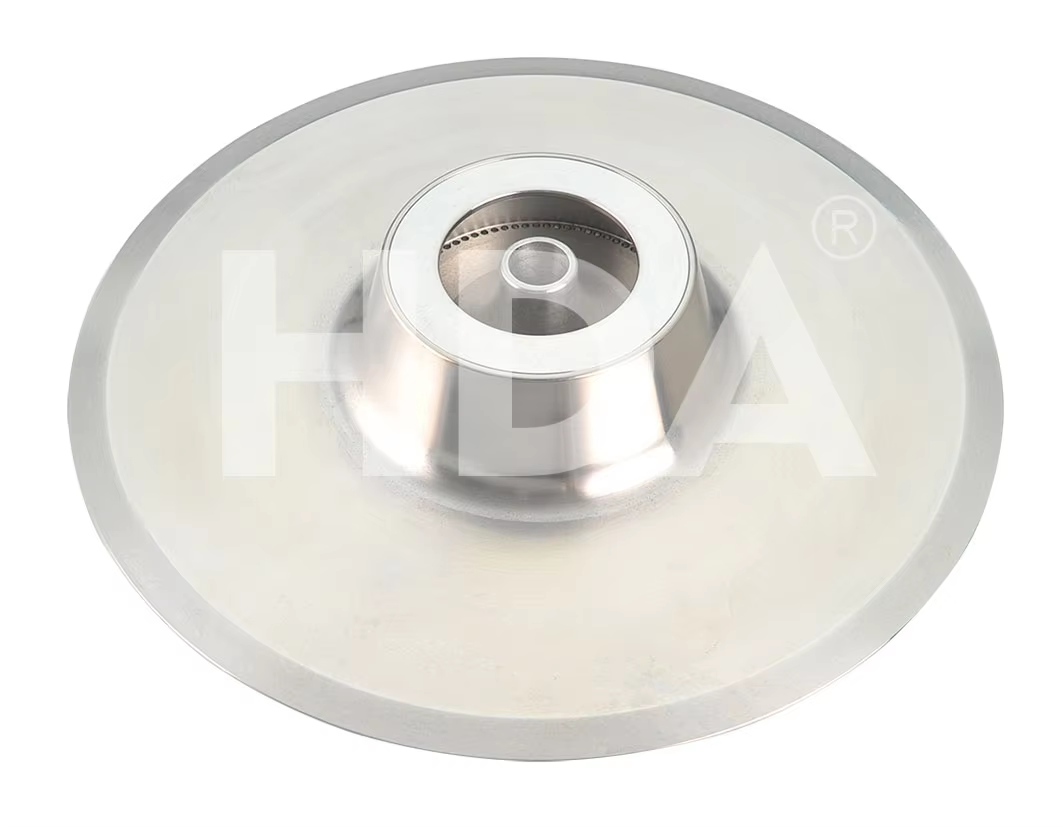
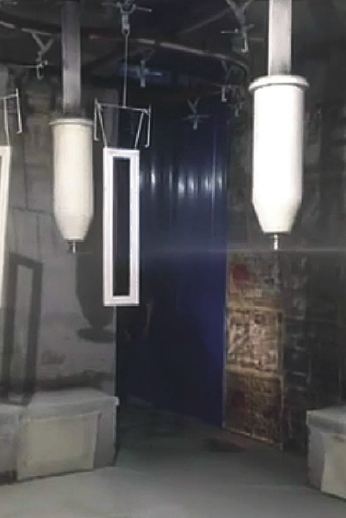 |
 |
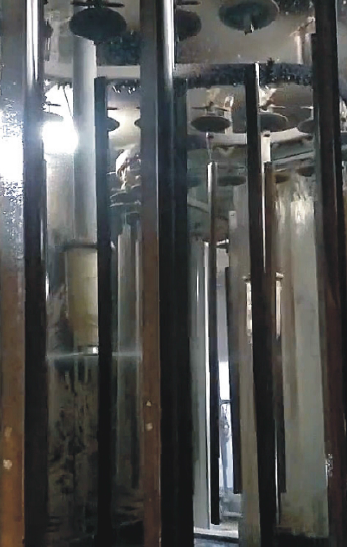 |
